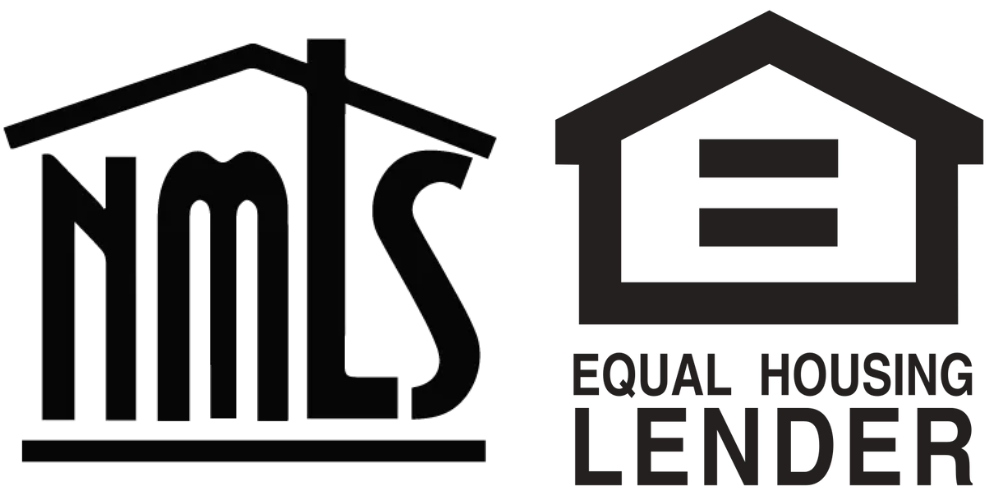Understanding What Drives Mortgage Interest Rates - Jason Waters Explains
Hey there, it's Jason Waters back again with the Jason Waters Lending Team at Affinity Home Lending. If you've been puzzled about how mortgage interest rates work and what exactly drives them, you're in the right place. Today, I'm here to shed some light on this topic, covering both market and personal conditions that could affect your rates.
The Market Conditions Affecting Interest Rates
First things first, let’s talk about the broader market conditions. A primary indicator here is mortgage-backed securities, which are closely tied to the ten-year U.S. Treasury note. You might have noticed financial experts frequently referencing this note to predict whether rates will rise or fall. Essentially, as the yield on the ten-year treasury goes up, so do mortgage rates, and vice versa. However, this relationship isn’t a lockstep one; it's more of a general trend.
The Role of Inflation
One of the biggest influencers of bond rates, including those affecting mortgages, is inflation. Higher inflation typically leads to higher interest rates. For instance, during periods like the recent COVID-19 pandemic, government spending surged to stabilize the economy. This influx of funds increased the national debt and accelerated economic activity, subsequently driving up inflation. As inflation rises, so do interest rates, and they retreat when inflation does.
Federal Reserve Policies
Another key player is the Federal Reserve. While the Fed sets the fed funds rate, which influences short-term interest rates and the prime rate, it doesn’t directly set mortgage rates. However, its policies heavily influence the economic environment that affects these rates. During the pandemic, the Fed bought more bonds and mortgage-backed securities to inject liquidity into the market. Now, as they scale back these purchases, they aim to curb inflation, which in turn may affect mortgage rates.
How Personal Factors Impact Your Mortgage Rate
Switching gears, let's discuss how personal conditions impact your rates.
Credit Score
Your credit score is pivotal. A higher score indicates lower risk to lenders and usually results in lower mortgage rates. It’s straightforward: good credit equals lower risk, and lower risk equals better rates.
Loan to Value Ratio
The loan to value (LTV) ratio also plays a crucial role. This ratio measures how much you're borrowing against the value of the property. A lower LTV ratio (meaning you put more money down) portrays lower risk to lenders, thus potentially securing you a lower rate. Conversely, a higher LTV ratio, which could occur with a minimal down payment, suggests higher risk and thus a higher rate.
Property Use
Finally, the intended use of the property affects your rate. Rates for primary residences tend to be lower than for investment properties. Lenders assume that borrowers prioritize their primary residence over other properties in financially tight situations, implying lower risk.
There you have it! Understanding what drives mortgage rates isn't just about watching numbers change; it’s about understanding the market dynamics and how your personal situation interacts with these factors. If you're looking to dive deeper into your specific scenario or want to discuss where rates might head, don't hesitate to reach out. Also, follow me on social media for the latest updates and insights.
NMLS #1181151
Affinity Home Lending LLC, NMLS ID #1181151
NMLS Consumer Access NMLS # 623984
Georgia RMLO# 57874
Affinity Home Lending Licensed States:
GA# 42129 • AL# 23111 • CO# 1181151
FL# MLD2157 • MS# 1181151 • NC# L214519
OH# RM804930 • SC# L214519 • TN# 182797
TX# 1181151 • VA# MC7205
Equal Housing Opportunity Lender. Figures deemed reliable, but errors may occur. Rates and terms subject to change without notice. This is not an offer to make a loan or to make a loan on any particular terms. All loan applicants must qualify under the underwriting requirements and satisfy all contingencies of loan approval.
Copyright ©2024 Affinity Home Lending. All Rights Reserved.
An AgencyNext Production.

